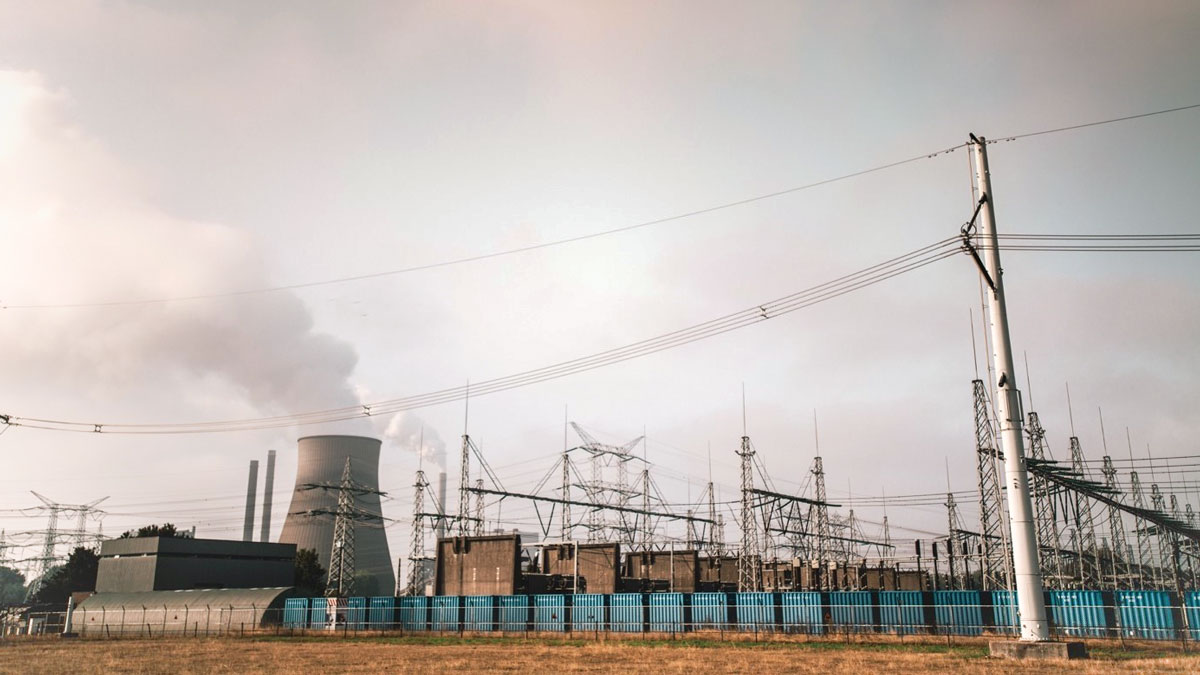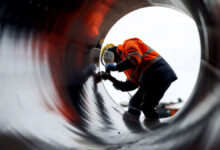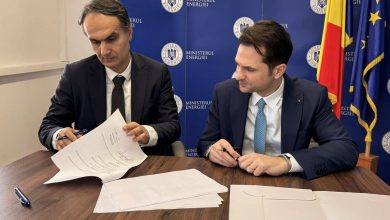Romania’s Recovery and Resilience Plan (RRRP)
Great Opportunity or Big Disappointment?
Romanian Government has sent to Brussels the RRRP and will officially start negotiations with the European Commission on May 1, 2021. Discussions with the representatives of the European forum have taken place informally, on components, during the period of drafting the document. According to the new RRRP, the Government requests an allocation of EUR 41.14bn, i.e., almost EUR 11bn more than the initial allocation. However, this huge amount seems unrealistic, given that RRRP is designed for a short term, until 2026, as a support for the quick recovery of economies in the Community space affected by the health crisis and the related economic one. Consequently, all contracts must be assigned before December 31, 2023 and all projects must be completed by December 31, 2026.
RRRP is built on six pillars: green transition, digital transformation, smart growth, social and territorial cohesion, health and resilience, and policies for the next generation, children, and youth. As per European regulations, measures included in the RRRP will contribute to green transition, including biodiversity, or addressing challenges generated by this transition, and provide for an amount of at least 37% of the total allocation of the recovery and resilience plan. At the same time, measures included in the RRRP must comply with the principle of „not significantly harming” the environment in the context of Article 17 of Regulation (EU) 2020/852. Also, RRRP measures must provide for an amount intended for digital expenses accounting for at least 20% of the established allocation.
How much money can Romania receive?
Romania has ideas rather than projects already prepared. This will definitely be a great disadvantage, and given the sluggishness with which things move, from here to losing funds there’s only a step.
Romanian experience with European funds is not very pleasant. But this is not because of Brussels, but because of authorities. Romania has received EUR 54.43bn from the European Commission during 2017-2019, which means an annual average of EUR 4.18bn per year. Currently, in less than six years and for some projects that are not even written, Government wants to convince us that it will attract EUR 41bn.
In fact, a big question mark is raised by the amount advanced by the Government itself, as the amount of EUR 41bn does not match the figures of the European Commission.
In February, the European Commission published in the Official Journal of the European Union the regulation for establishing the Recovery and Resilience Facility, which shows that Romania will receive for funding projects to be declared eligible only EUR 14,248,020,000. Besides the amount allocated to each state, RRRP also provides them with loans for cases where the value of eligible projects exceeds the ceiling. The maximum amount of support in the form of loan granted to each Member State cannot exceed however 6.8% of the gross national income (GNI) related to 2019 in current prices, with the possibility to increase it in exceptional circumstances. This makes the loans to amount to around EUR 14bn.
EUR 1.3bn for renewable energy and energy efficiency
In the segment of renewable energy and energy efficiency, Romania hopes to obtain funding for projects worth EUR 1.3bn, and other EUR 600mln would be attracted to finance projects related to the development of infrastructure of gas blended with hydrogen and other green gasses. The RRRP also provides:
- Updating the primary and secondary legislation to include the new and future EU Directives and Regulations (EU Regulation 943/2019 and EU Directive 944/2019, Fit for 55 Package)
- Updating the INECP according to recommendations of the European Commission and increasing the target for the reduction of greenhouse gas emissions to 55% by 2030
- Eliminating barriers in the way of project bankability – allowing directly negotiated bilateral agreements (Power Purchase Agreements – PPAs)
- Decarbonization of power production, by restructuring the major energy producers that use solid fossil fuels (CEO/CEH), ensuring the use of RES and as a transition natural gas together with other alternative fuels, e.g., hydrogen
- Reforms for the integration of batteries in the energy system allowing the capitalization on benefits brought by them to a greater extent (system services, demand response etc.)
- Consolidation of the legal framework in order to facilitate investments, ensuring a sustainable decarbonization of the energy sector
- Investments in the installation of electrolysers and anaerobic digesters
- Promoting projects that are below the limit of financial profitability
- Financing schemes for the installation of RES-E and decentralized renewable gases, including to improve access to energy in disadvantaged communities
- Implementing investments in the field of solar power, in using hydrogen and in high efficiency cogeneration
- Implementing smart energy systems
- Reform of the industrial sector, of small and medium enterprises and/or large enterprises by increasing the energy efficiency indicator
- Supporting innovation by financing new technologies, digitization of green capacity, demonstrative projects with impact in increasing energy efficiency and reducing greenhouse gases
- Acquisition of digital platforms for centralization of consumption data/reduction of consumption/monitoring of indicators for each individual equipment at the level of operators and/or of activity branches/digitization and remote data transfer
- Investments for the new energy industry in Jiu Valley and Gorj
Investments in Transelectrica’s lines, omitted from the RRRP
The Association for Clean Energy and Combating Climate Change criticizes the RRRP as in the form presented by the Government the document does not provide for any investment in Transelectrica’s lines.
The Association considers that the priority project for the decarbonization of the power production sector is strengthening high-voltage lines of Transelectrica to integrate more clean energy, as well as the transparency of the existing interconnection capacity.
According to Razvan Nicolescu, President of the Association, the RRRP should also finance the development, at least, of a power production project in offshore wind power plants in the Black Sea, considering the importance granted by the European Union to this type of renewable energy, the potential of the country and the fact that this type of energy still needs subsidies.
On the other hand, in terms of electrolysers to produce hydrogen and batteries for electricity storage, they are considered a priority for both the EU and Romania. The development of national production capacities is expected, which can be done by involvement of the private environment, using the existing administrative instrument of state aid schemes. This instrument will also ensure the attraction of own financing sources and, at the same time, the integrity and transparency of money allocation based on competitive criteria related to the percentage of co-financing.
The Association believes that the RRRP should not finance cogeneration plants that produce emissions, but only cogeneration plants that use renewable energy as a primary source of energy. At the same time, the Association rejects the concept of financing with European money for solutions that „are less polluting”. The Association for Clean Energy and Combating Climate Change considers them a waste of public money and supports financing only for energy projects that do not pollute at all and which actually need non-reimbursable funds.
Regarding the railway transport sector, the Association considers a priority the quick installation of smart meters for all trains running in Romania, liberalization of the electricity supply market by reforming the elimination of the illegal monopoly of CFR Electrificare that “the National Regulatory Authority for Energy tolerates in a deep contempt for the provisions of European legislation and for the interests of consumers who do not benefit from lower prices from the coordination of train traffic with the evolution of the electricity consumption curve”.







